Инструкция
В этой теме вы узнаете о том, как подготовиться к проверке слуха и ушей.
Перед проведением скрининга
Обратитесь к Контрольному списку для проведения скрининга, чтобы ознакомиться с условиями, необходимыми для проверки слуха и здоровья ушей:
- Помещение для скрининга
- Оборудование для скрининга.
Помещение для скрининга
Помещение, в котором будет проходить скрининг, должно быть чистым, мебель должна быть расставлена надлежащим образом.
Инструкция
Ознакомьтесь с разделом "Подготовка к скринингу" Контрольного списка для проведения скрининга и ответьте на следующий вопрос.
Вопрос
Какая характеристика помещения имеет самое важное значение при проведении проверки слуха?
Выберите один ответ.
Если вы выбрали ответ c, вы правы!
При проведении проверки слуха очень важно, чтобы уровень шума не превышал 40 дБ. Длина помещения и освещение имеют значение при проведении проверки зрения.
оборудование для скрининга
Для проведения проверки слуха вам понадобятся:
- Устройство для проверки слуха (аудиометр). Это может быть прибор/планшет или соответствующее приложение на смартфоне:
- Аудиометр может быть снабжен специальной кнопкой для реагирования. Можно также использовать условный знак. Например, ребенок может поднять руку
- Наушники с шумоподавлением.
Совет
Убедитесь в исправности оборудования до начала дня, на который запланирован скрининг.
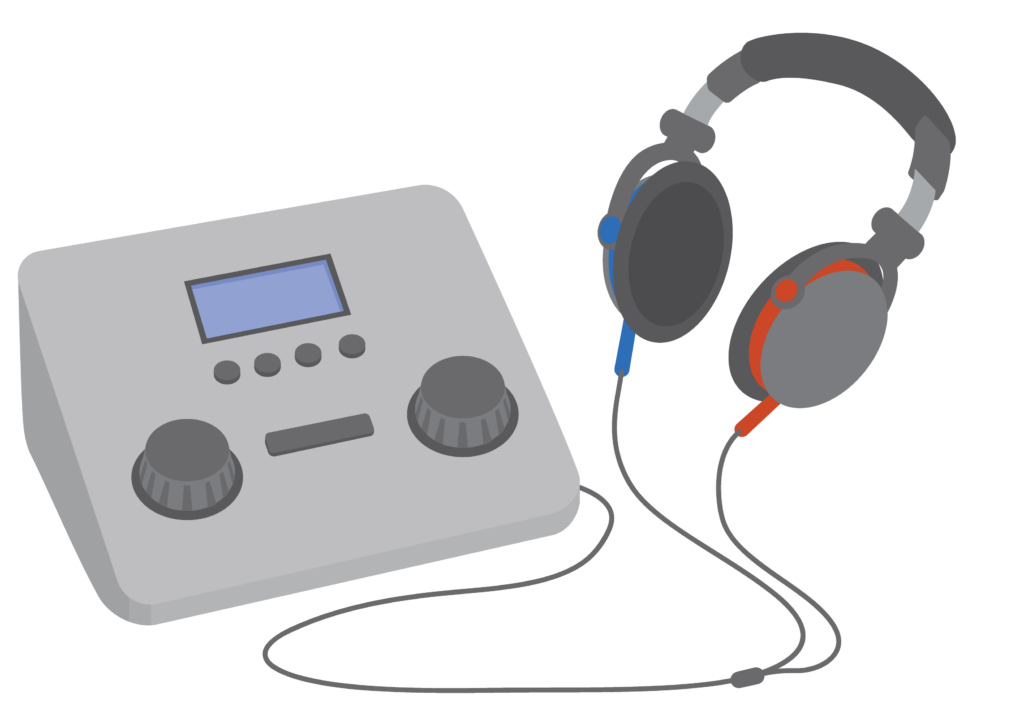
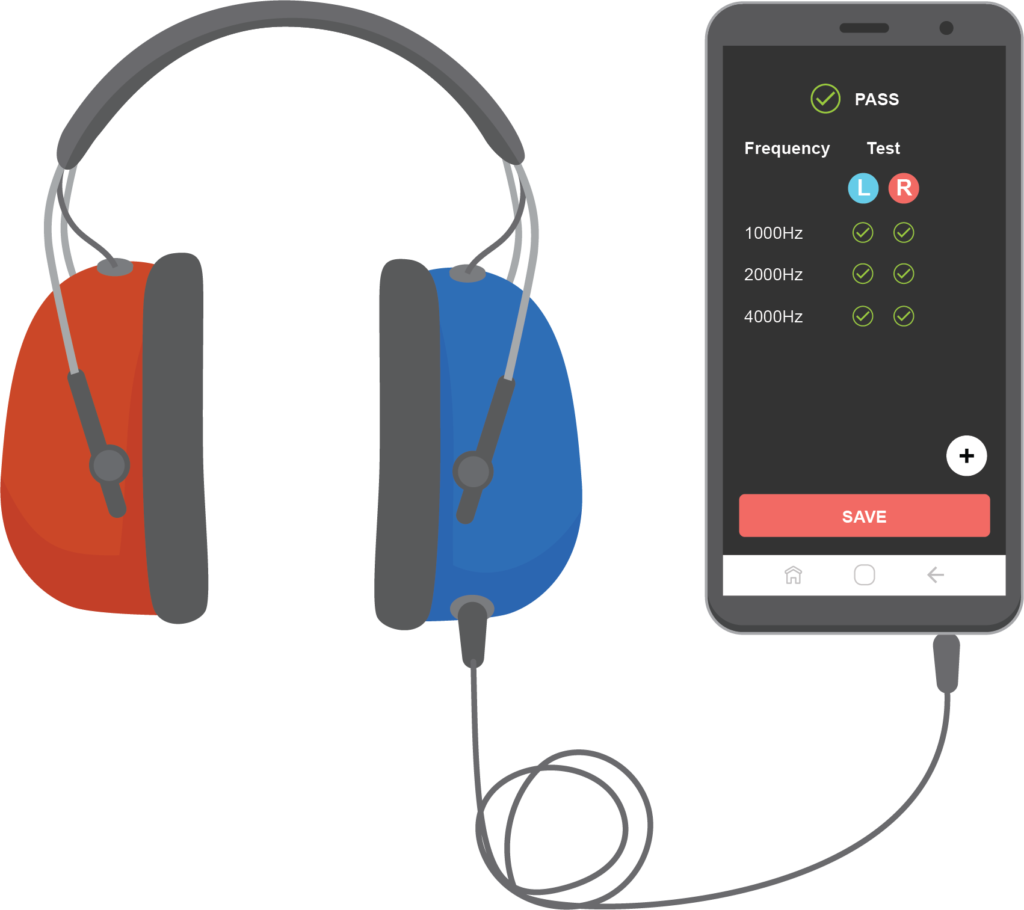
Чтобы провести проверку здоровья ушей, вам понадобятся:
- Отоскоп с запасными батарейками и лампочкой
- Ушные воронки (не менее двух разного размера)
- Измеритель уровня звука/мобильное приложение для измерения уровня фонового шума
- Средства для очистки рук и оборудования
- Мебель:
- Стол
- Два стула.
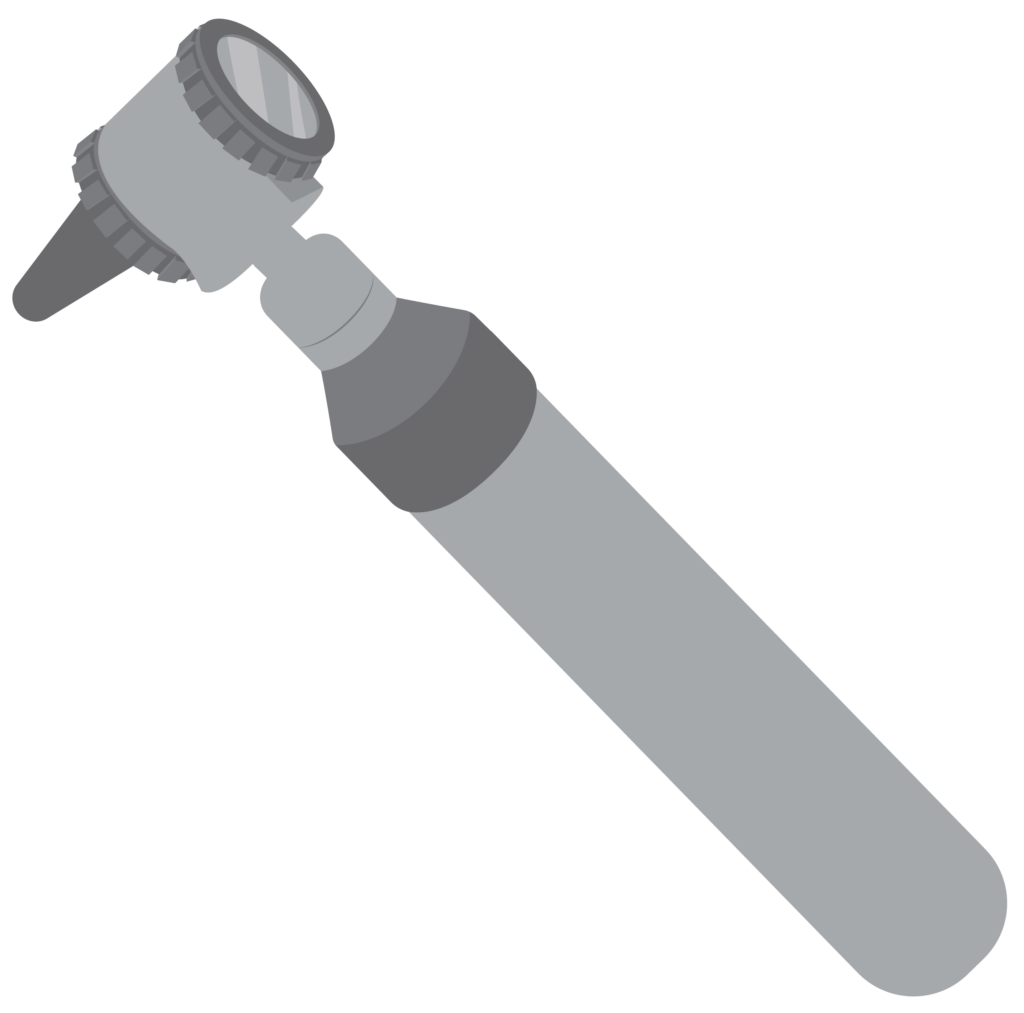

Вопрос
Что можно сделать, если в отоскопе не загорается лампочка?
Выберите два варианта ответа.
Если вы выбрали ответы a и c, вы ответили правильно!
Замена батареи или лампы может решить проблему.
Ответ b неверен.
Не стучите отоскопом об стол. Так вы можете повредить его.
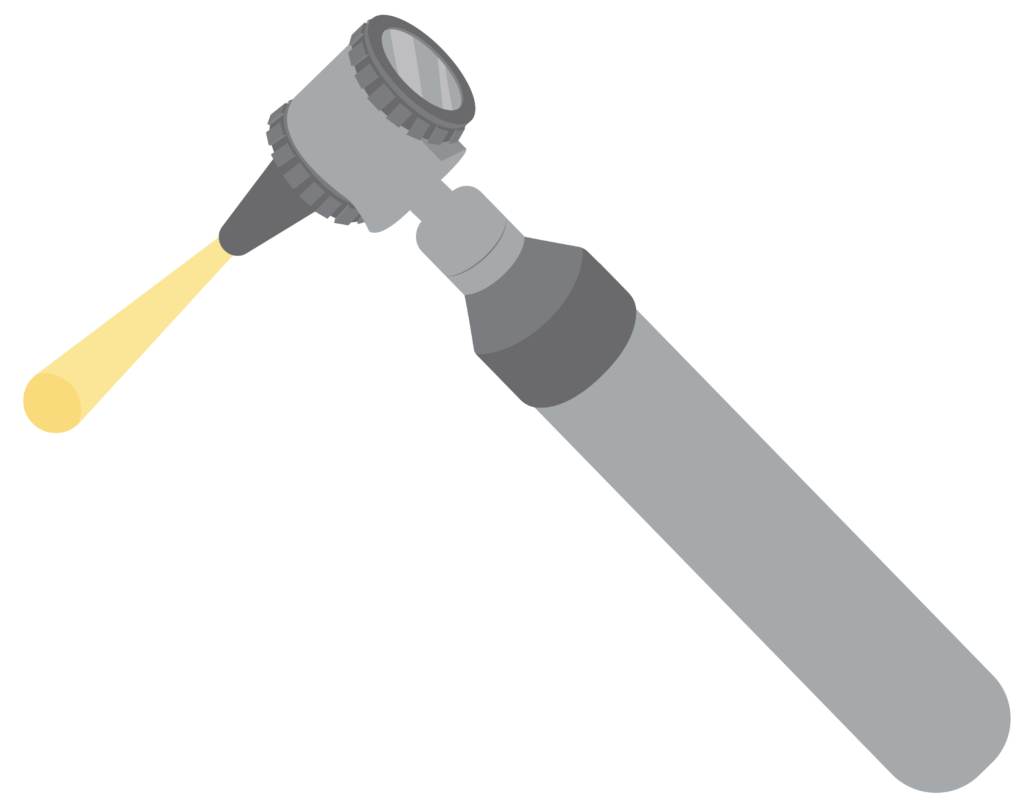
В день скрининга
- Подготовьте помещение
- Проведите групповое подготовительное занятие для детей.
Подготовьте помещение
Замерьте уровень фонового шума с помощью измерителя уровня звука/мобильного приложения.
Практическое задание
- Загрузите приложение hearWHO на смартфон
- Нажмите на кнопку "Проверить слух", чтобы получить доступ к измерителю уровня звука
- Подтвердите, что разрешаете приложению измерить шум
- Проверьте, соответствует ли уровень фонового шума допустимым параметрам
Отвечает ли уровень фонового шума требованиям для проведения проверки слуха (зеленый или желтый цвет)?
Инструкция
Не продолжайте проверку слуха, если уровень шума превышает 40 дБ. Перенесите скрининг на другой день в более подходящее место.
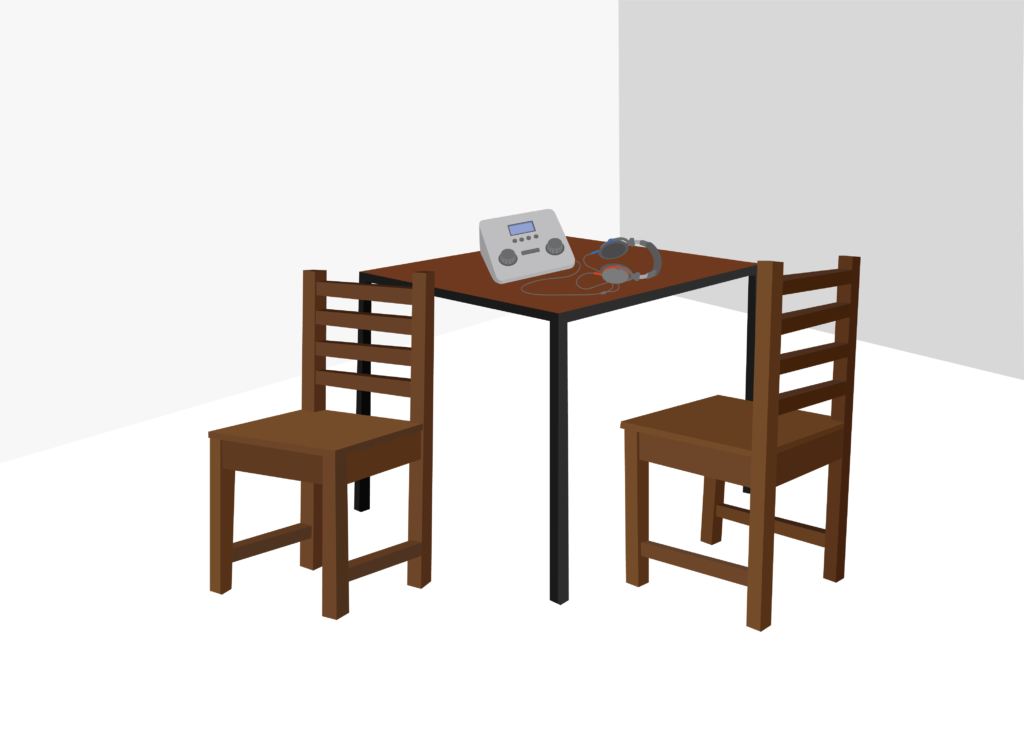
Расставьте оборудование и мебель:
- Поставьте стол рядом с источником электропитания (при необходимости)
- Разместите оборудование на столе
- Установите стул для ребенка. Ребенок не должен видеть ваши руки, когда вы будете нажимать на кнопки аудиометра.

Групповое подготовительное занятие
Это занятие проводится для того, чтобы подготовить детей к проверке зрения и слуха.
Инструкция
Чтобы больше узнать о том, как подготовить детей к проверке зрения, обратитесь к модулю Зрение и здоровье глаз у детей: Подготовка к скринингу.
Покажите детям оборудование для аудиометрии, наушники и отоскоп.
Объясните, что вы:
- наденете на них наушники и попросите их послушать разные звуки.
- попросите их показать вам, что они слышат звук, с помощью поднятия руки.
Покажите им отоскоп с включенным светом. Объясните, что с его помощью вы осмотрите их уши изнутри.
Заверьте их, кто никакие ваши действия не вызовут у них неприятных ощущений.